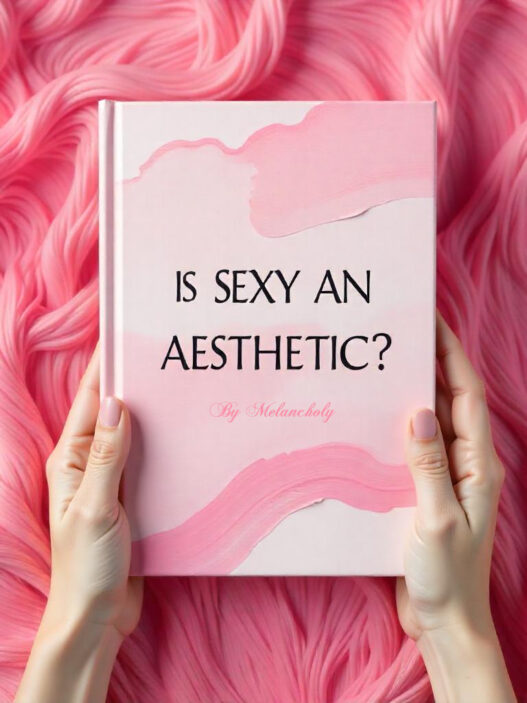This report is the result of a comprehensive Narrative Analysis conducted between October 2020 and December 2024 by the ANOAQA Helpline team in Bangladesh. Led by Dipa Mahbuba Yasmin on behalf of the Asian Network of A-Spec Queer Activists (ANOAQA), and in collaboration with the Bangladeshi Asexual Association (BDAA), the initiative is part of the broader project Protecting Aro Ace from Queer-Phobic Hate Crimes in Bangladesh.
The analysis draws on life stories and detailed examinations of big map data to uncover the complex factors driving individuals to endure and survive asexual hate crimes. These narratives provide profound insights into the lived realities of asexual individuals and their role in the broader queer struggle for survival.
Objectives and Scope
The initiative addresses the urgent need to uphold the rights, safety, and dignity of aromantic and asexual (Aro Ace) individuals in a societal context marked by systemic queer-phobia. As part of larger efforts to document, understand, and combat hate crimes, the project focuses on:
- Advocating for policy reforms
- Raising public awareness
- Empowering activists, allies, and organizations with knowledge and tools to combat queer-phobia
” The analysis draws on life stories and big map data, the research highlights the systemic challenges asexual individuals face, including forced allo-ace marriages, marital rape, corrective assault, and conversion therapy, often exacerbated by societal norms like heteronormativity, allonormativity, and amatonormativity. Women from low-income families face heightened vulnerabilities due to financial and educational barriers.
The study employs an intersectional approach, exploring how SOGIE, class, and religion shape these experiences. It also addresses the neglect of asexuality in medical, legal, and social systems, emphasizing the need for policy reforms, public awareness, and targeted interventions to uphold the rights and dignity of Aro Ace individuals.”
Asian Network of A-Spec Queer Activists
Key Themes and Findings
1. Impact of Social Norms
The analysis reveals how heteronormativity, allonormativity, and amatonormativity exert immense societal pressure on Aro Ace individuals. These norms often push them into allo-ace marriages, which frequently result in:
- Marital Rape
- Corrective Assaults
- Forced Conversion Therapy
Low-income women are especially vulnerable due to financial constraints, familial instability, and limited access to education, leading to heightened risks of coercion and lifelong suffering.
2. Forced Marriages and Conversion Therapy
For some, forced allo-ace marriages and conversion therapy are perceived as pathways to social security and stability. However, these arrangements come at devastating costs, with many enduring:
- Physical, mental, and sexual abuse from partners, family, or peers
- Cycles of systemic violence and neglect
3. Dynamics in Marital Relationships
The data sheds light on the interactions between asexual individuals and allo partners. While some relationships may briefly foster connection, many are marked by betrayal and abuse, reflecting the challenges of navigating a hyper-sexualized world.
4. Intersectional Challenges
Guided by an intersectional framework, the research examines how factors such as:
- Sexual Orientation, Gender Identity, and Expression (SOGIE)
- Socioeconomic class
- Religious identity
Intersect to shape the lived realities of Aro Ace individuals. This ensures the findings and recommendations are inclusive, context-specific, and actionable.
5. Systemic Neglect
The analysis highlights the widespread ignorance in medical and legal sectors, which exacerbates the challenges faced by asexual individuals. This institutional neglect fosters a hostile environment, further intensifying struggles for survival and dignity.
Broader Implications
The findings emphasize the critical need for robust support systems and targeted interventions to address these multifaceted challenges. These include combating:
- Social norms and familial expectations
- Spousal abuse and religious pressures
- Gaps in legal protections and healthcare services
By amplifying the voices of Aro Ace individuals, this research aims to foster a safer and more equitable environment for all marginalized identities, advancing the fight against queer-phobia in Bangladesh.















Your dedication to providing quality content is truly admirable. I\’m a fan of your work.
Thank you for your kind words. I\’m delighted that you found the post enlightening.
I couldn\’t agree more! Your post is a valuable resource that I\’ll be sharing with others.